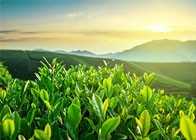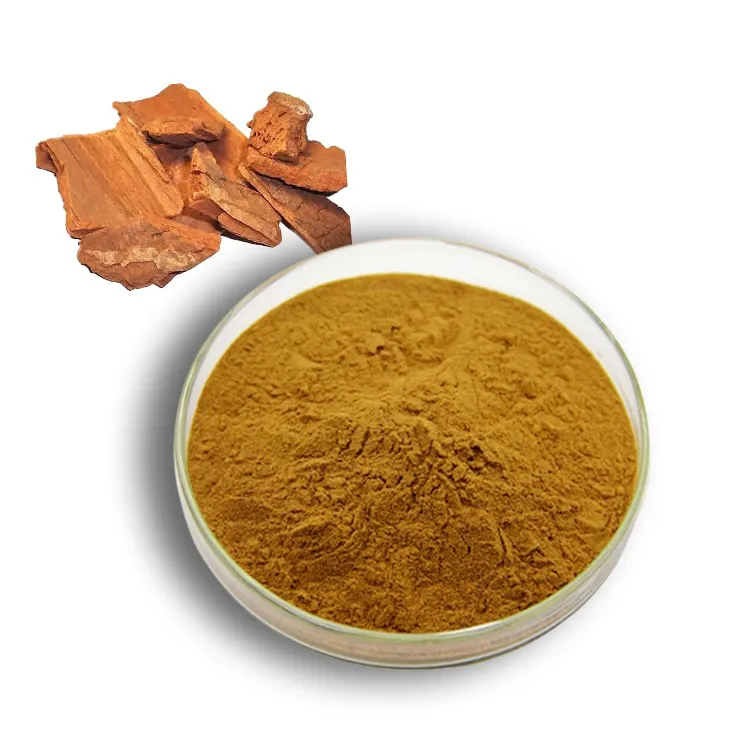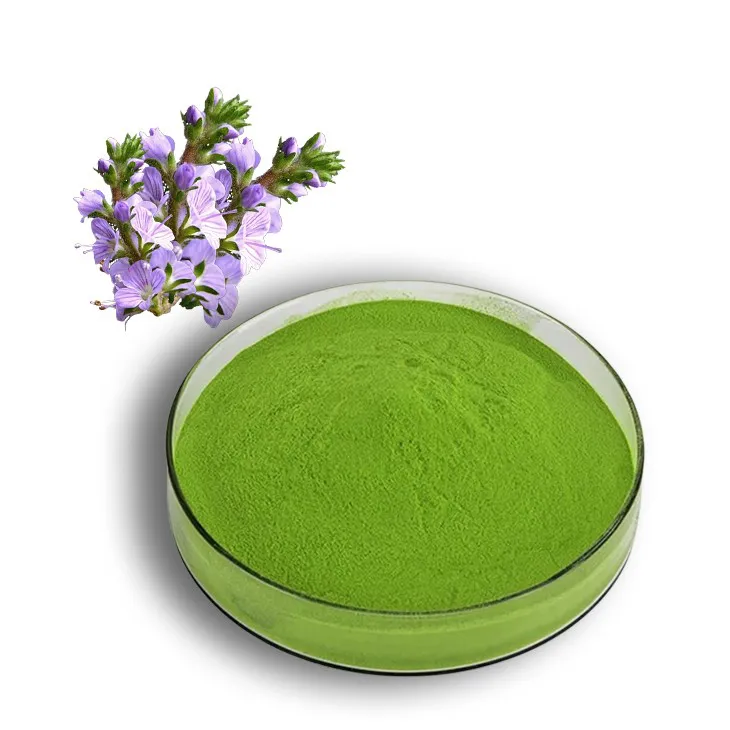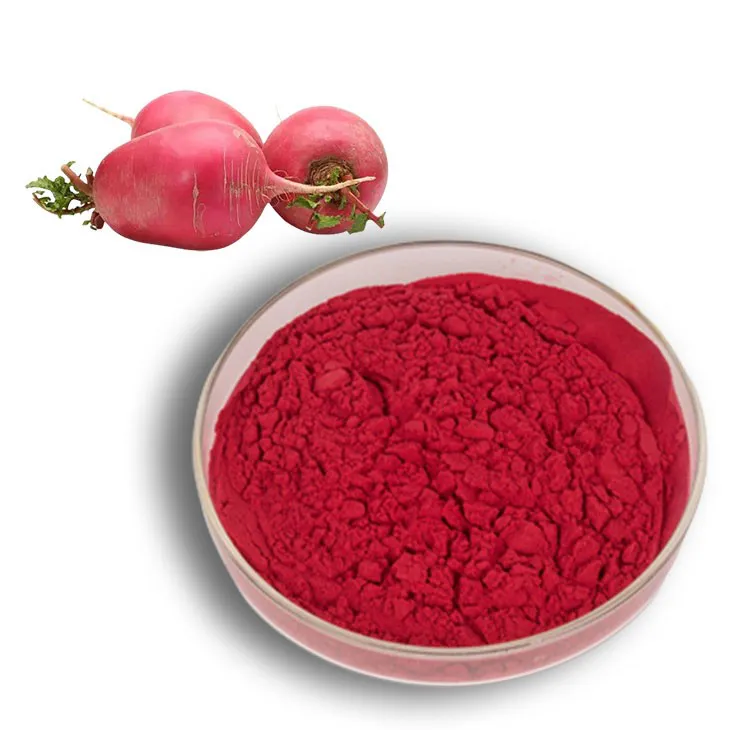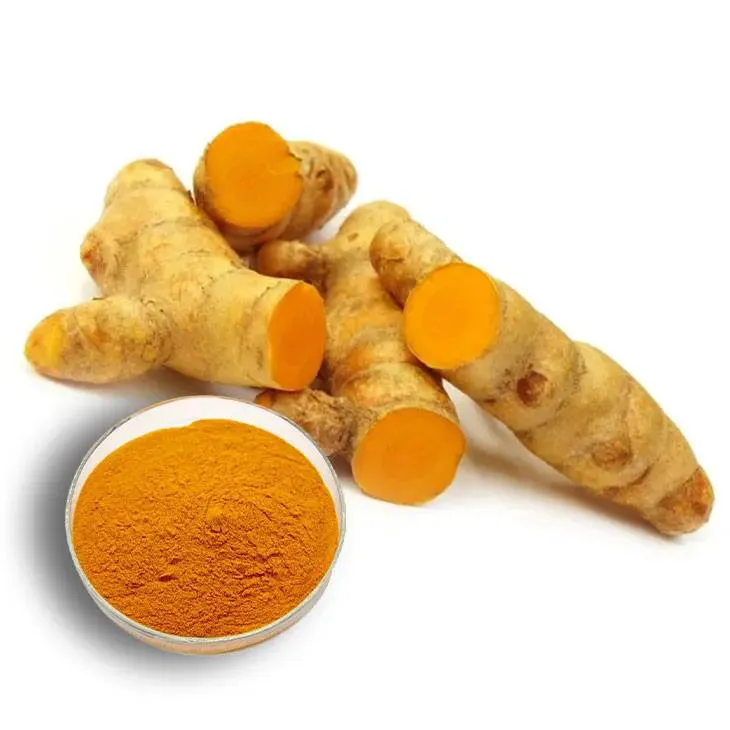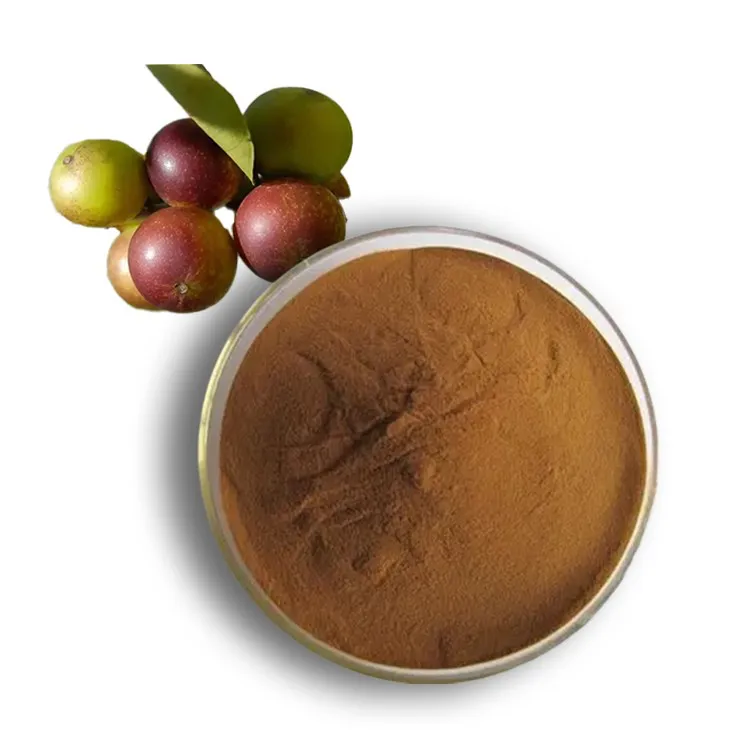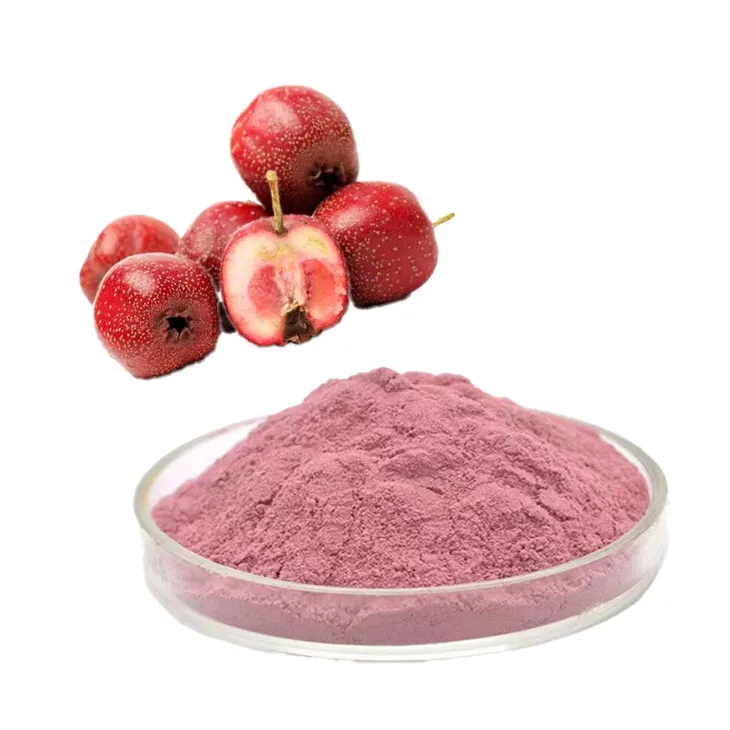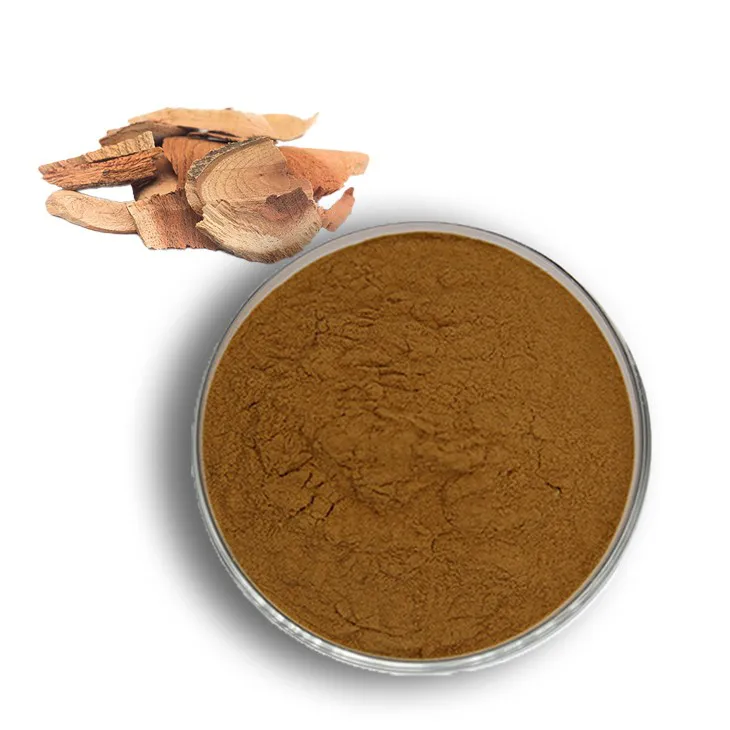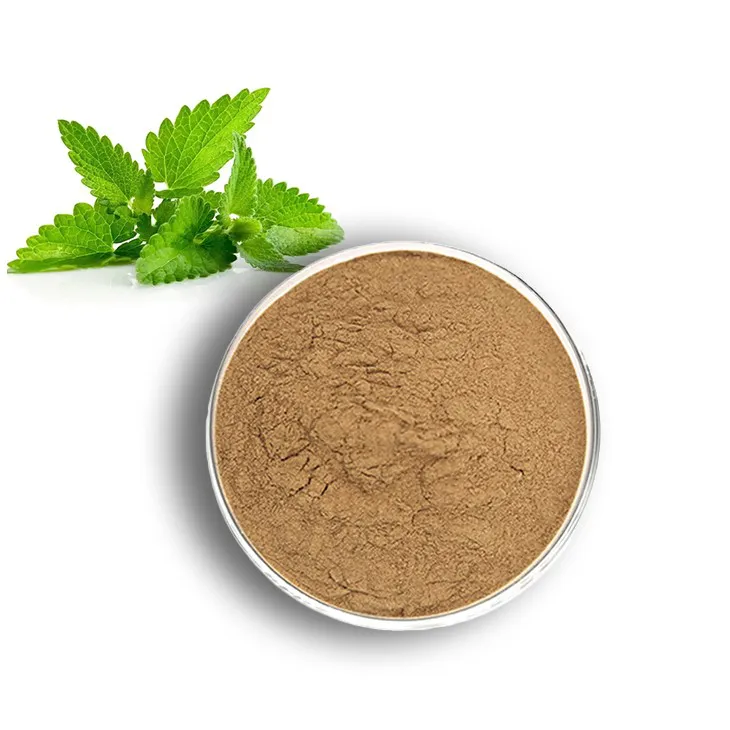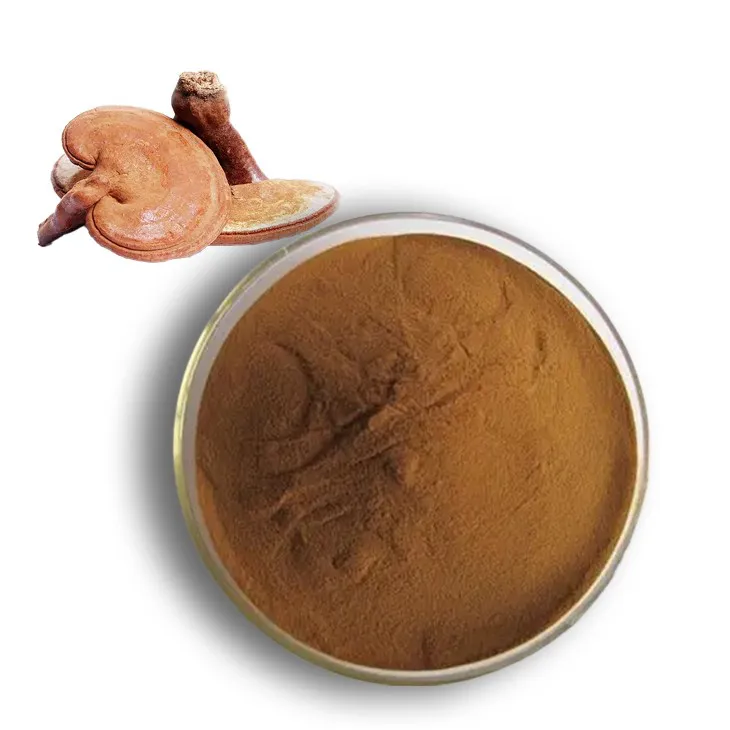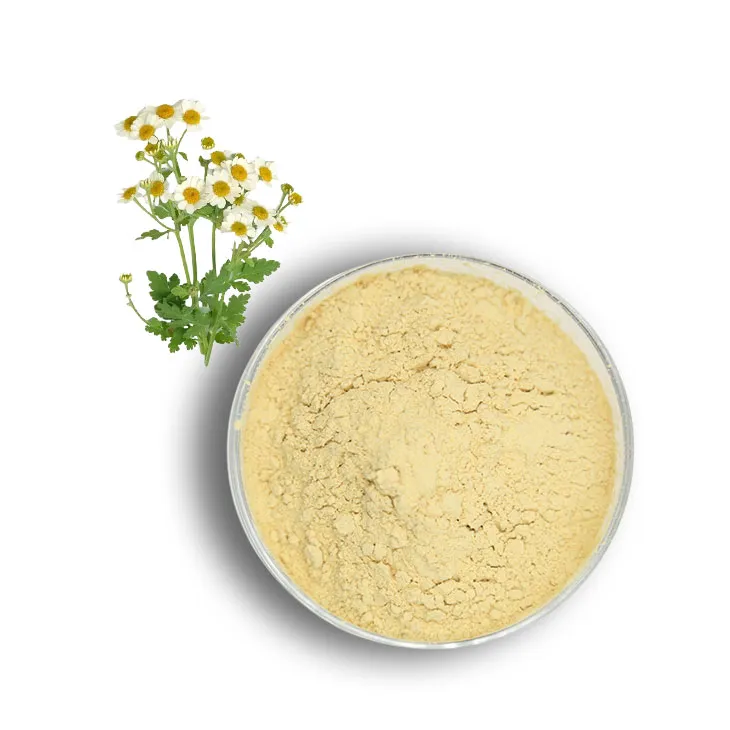- 0086-571-85302990
- sales@greenskybio.com
Dandelion: From Common Weed to Powerful Healing Herb
2025-10-13
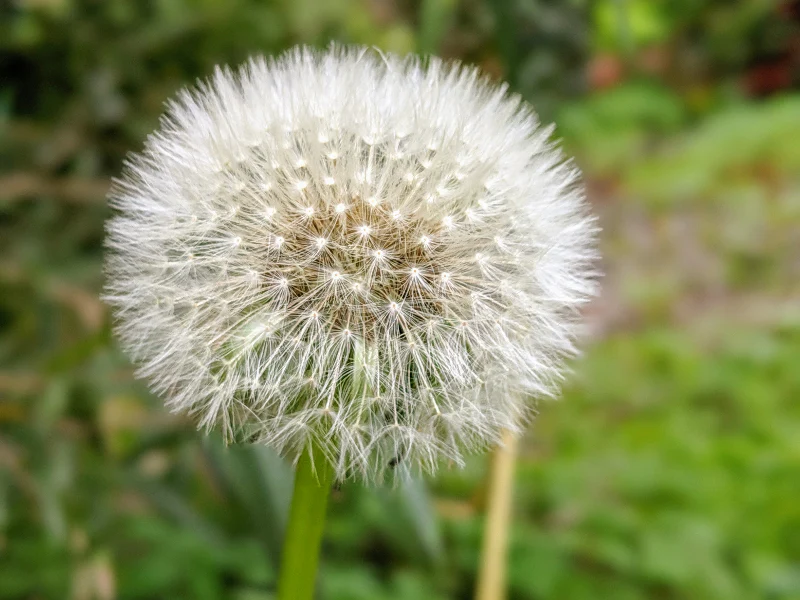
Dismissed for decades as little more than a persistent yard nuisance, the humble dandelion (Taraxacum officinale) is undergoing a renaissance in both natural medicine and emerging scientific research. Rooted in centuries of traditional use, from ancient Chinese medicine to modern herbalism, this resilient plant is now recognized for a range of health benefits, from detoxification to reducing inflammation and supporting heart health.
A Liver-Cleansing and Cardioprotective Superfood
In Traditional Chinese Medicine (TCM), dandelion has long been regarded as a vital ally in promoting liver health. Its detoxifying properties stimulate bile production, which aids digestion and helps flush out toxins, explains Dr. Liu Chun, a researcher at the University of Tokyo. Dandelion’s ability to cleanse the liver is supported by its roots, which contain prebiotic inulin, a compound that enhances gut health while aiding the detoxification process.
The benefits don’t stop at the liver. Research also highlights dandelion's cardioprotective properties. A 2010 study in the International Journal of Molecular Sciences found that rabbits fed dandelion root and leaf extracts alongside a high-cholesterol diet exhibited healthier lipid profiles and improved antioxidant enzyme activity. These findings suggest that the plant may help prevent atherosclerosis and promote heart health—an observation that aligns with its traditional use for cardiovascular wellness.
Anti-Inflammatory and Antimicrobial Properties
One of dandelion's most potent health-supporting components is kynurenic acid, which has been shown to reduce oxidative stress and relieve pain associated with inflammatory conditions like gout and rheumatism. Beyond its anti-inflammatory effects, dandelion also exhibits strong antifungal and antimicrobial properties. Studies have demonstrated its ability to inhibit Candida albicans, the fungus responsible for yeast infections, as well as its antibacterial action against skin conditions.
Historically, dandelion’s antimicrobial qualities were harnessed in remedies for warts, ulcers, and abscesses. Fresh dandelion latex was traditionally applied to remove warts, while leaves were used in poultices to treat breast tumors and inflamed skin, showcasing the plant’s versatility in addressing both internal and external health concerns.
A Nutritional Powerhouse
Every part of the dandelion is edible and packed with nutrients. The leaves, rich in vitamins A, C, and K, are an excellent source of essential minerals like potassium, calcium, and magnesium. These nutrients, coupled with the plant's bitter compounds, make dandelion leaves a digestion-supporting addition to salads or meals. The roots, commonly roasted and brewed as a coffee substitute, bring additional benefits by aiding liver detoxification and reducing the risk of gallstones.
Dandelion flowers, often used in teas, also provide a mild and earthy flavor along with added nutrients. Yet, while the plant enjoys a reputation as a nutrient-dense superfood, it’s important to forage responsibly—only harvesting dandelions from areas free of pesticides or heavy herbicide exposure.
Cautions and Responsible Use
Although immensely beneficial, dandelion's cooling properties may not be suitable for everyone. Akiko Nakagaki, a Japanese pharmacist and TCM practitioner, advises that those with chronic chills or certain pre-existing conditions should use dandelion cautiously and consult healthcare providers before adding it to their diet or wellness routine.
Nature’s Underrated Healer
Abundant in spring and easily foraged (with care), dandelion offers a versatile and nutrient-rich addition to any kitchen or natural medicine cabinet. The young leaves can be steamed or mixed into salads to offset their distinctive bitterness. The flowers infuse teas with bright flavors, while the roots bring depth to coffee substitutes—all while delivering a wealth of health benefits.
Once dismissed as a bothersome weed, this bright yellow plant is now gaining recognition as a symbol of resilience and natural healing. Whether aiding liver detoxification, reducing inflammation, or promoting heart health, dandelion stands as proof that the most powerful remedies can literally grow beneath our feet. Backed by both ancient traditions and modern science, the dandelion’s reputation as a medicinal marvel continues to bloom.
- ▶ Hesperidin
- ▶ Citrus Bioflavonoids
- ▶ Plant Extract
- ▶ lycopene
- ▶ Diosmin
- ▶ Grape seed extract
- ▶ Sea buckthorn Juice Powder
- ▶ Fruit Juice Powder
- ▶ Hops Extract
- ▶ Artichoke Extract
- ▶ Mushroom extract
- ▶ Astaxanthin
- ▶ Green Tea Extract
- ▶ Curcumin
- ▶ Horse Chestnut Extract
- ▶ Other Product
- ▶ Boswellia Serrata Extract
- ▶ Resveratrol
- ▶ Marigold Extract
- ▶ Grape Leaf Extract
- ▶ New Product
- ▶ Aminolevulinic acid
- ▶ Cranberry Extract
- ▶ Red Yeast Rice
- ▶ Red Wine Extract
-
Yohimbine Bark Extract
2025-10-13
-
Alfalfa Meal
2025-10-13
-
Beetroot Powder
2025-10-13
-
Curcumin Extract
2025-10-13
-
Camu Camu Extract
2025-10-13
-
Hawthorn powder
2025-10-13
-
Thunder God Vine Extract
2025-10-13
-
Lemon Balm Extract
2025-10-13
-
Reishi mushroom extract
2025-10-13
-
Feverfew Extract
2025-10-13

